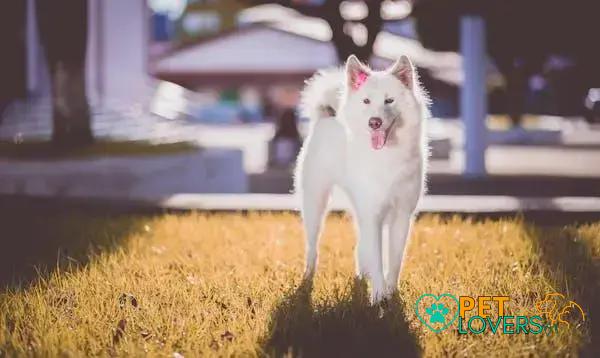The Akita is a fascinating dog breed with a rich history and unique characteristics. Known for their loyalty and bravery, Akitas have captured the hearts of dog enthusiasts worldwide. In this post, we will explore the historical background, physical traits, and common behaviors of the Akita. Whether you are new to this breed or an Akita enthusiast, you will find these curiosities intriguing and informative.
The Historical Background of the Akita
Originating from Japan, the Akita Inu has a rich and storied history that dates back to ancient times. Bred initially for hunting large game like bears, boars, and deer, Akitas were highly valued for their strength, courage, and loyalty.
In the 17th century, the Akita breed was refined further under the auspices of the Japanese aristocracy, particularly by the samurai class. This period saw the Akita becoming a symbol of protection and a sign of good health, happiness, and long life. Akitas were often given as gifts to signify these positive attributes.
During the early 20th century, efforts were made to preserve the breed’s purity. The Akita Inu Hozonkai (Akiho) society was established in 1927 with the goal of protecting the Akita breed from crossbreeding and ensuring its traditional characteristics remained intact.
World War II marked a challenging time for the breed. Many Akitas were killed for their pelts, which were used in military uniforms. Post-war, the breed was split into two distinct lines: the American Akita and the Japanese Akita Inu. Each developed separate standards and characteristics, but both remained true to their original heritage.
Unique Physical Traits of the Akita
Thick Double Coat
The Akita has a lush, thick double coat that helps it withstand cold weather. The outer coat is harsh and straight, while the undercoat is soft and dense.
Muscular Build
This breed boasts a strong, muscular build, giving it an imposing appearance. It has a broad chest and a powerful stance, which contribute to its strength and agility.
Distinctive Face
One of the most recognizable physical traits of the Akita is its distinct face. The breed has small, dark, almond-shaped eyes that add to its alert and intelligent expression. Its ears are small, erect, and set high on the head.
Curled Tail
An Akita’s tail is another unique feature. It curls over its back and is thick and full. This characteristic adds to the breed’s overall majestic appearance.
Webbed Toes
Another interesting trait is that the Akita has webbed toes. This physical feature makes them excellent swimmers, which is uncommon in many dog breeds of its size.
Amazing Deals on Dog Products!
Shop now for incredible deals on dog products at Amazon.com.
LEARN MORE
Paws and Movement
The Akita’s paws are well-knuckled and compact, contributing to its steady and confident movement. These physical traits help the breed to be both an excellent guard dog and a loyal family companion.
Common Behaviors and Quirks of the Akita
The Akita is known for its distinctive behaviors and quirky habits. One of their most notable traits is their strong sense of loyalty. Akitas often form strong bonds with their families, showcasing protective and guardian-like behaviors.
Another common behavior is their independent nature. These dogs are known to be aloof and reserved, especially around strangers. They value their space and can sometimes be quite stubborn.
Akitas also have a unique way of communicating. They are not big barkers, but they make their presence known through various vocalizations, such as grunts and moans, which can be quite amusing to their owners.
Additionally, Akitas exhibit a range of quirky behaviors. For instance, they are known to be very clean and will often groom themselves like cats. They also have a habit of ‘talking back’ to their owners, using an array of sounds to express their feelings.
Finally, Akitas have a natural hunting instinct. They love to chase and will often show interest in small animals, so it’s important to keep an eye on them during walks.

